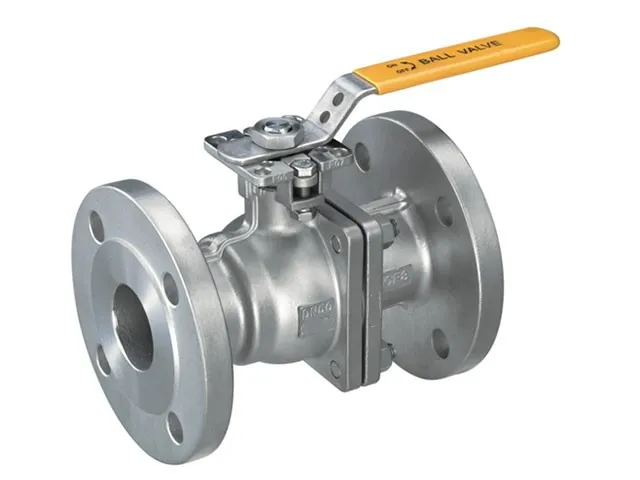Flanged Strainer Overview and Applications in Fluid Management Systems
Understanding Flanged Strainers An Essential Component in Fluid Systems
Flanged strainers play a critical role in maintaining the integrity and efficiency of fluid systems across various industries. These essential components are designed to filter out debris and contaminants from liquids, ensuring that only clean fluids pass through the piping system. This article delves into the importance of flanged strainers, their design, and their applications.
What is a Flanged Strainer?
A flanged strainer is a type of strainer with flanges on either end that allows for easy installation within a piping system. The flanged design provides a robust mechanism for connecting to pipes, ensuring a secure fit that can withstand high pressure and flow rates. The primary function of a flanged strainer is to trap particles and impurities, preventing them from entering sensitive machinery or processes that could be adversely affected by contamination.
Design and Functionality
Flanged strainers come in various types, including Y strainers, basket strainers, and magnetic strainers, each suited for different applications. Y strainers, shaped like the letter Y, excel in filtering applications where space is limited. Basket strainers feature a removable basket that collects debris, allowing for easy maintenance and cleaning. Magnetic strainers, on the other hand, are particularly effective in trapping ferrous particles.
The design of a flanged strainer typically includes a mesh or perforated screen that serves as the filtering medium
. The choice of mesh size depends on the specific application and the size of particles to be filtered. A finer mesh provides better filtration but may require more frequent cleaning, while a coarser mesh allows for higher flow rates and less frequent maintenance.flanged strainer

Importance in Various Industries
Flanged strainers are utilized in a wide array of industries, including oil and gas, water treatment, food processing, and pharmaceuticals. In the oil and gas industry, strainers protect pipelines and equipment from sand and debris, which can cause significant damage if allowed to pass unchecked. In water treatment facilities, flanged strainers ensure that contaminants are eliminated before water is distributed for consumption.
In the food processing sector, maintaining hygiene is paramount. Flanged strainers help to ensure that raw materials are free from unwanted contaminants, thus enhancing product quality and safety. Similarly, in the pharmaceutical industry, clean and sterile processes are critical, making strainers an indispensable part of the system.
Maintenance and Best Practices
Proper maintenance of flanged strainers is essential to ensure optimal performance. Regular inspections should be conducted to check for blockages or wear in the filtering medium. Cleaning or replacing the strainer components will help maintain flow efficiency and prevent system strain.
In conclusion, flanged strainers are vital components in fluid systems, offering protection and efficiency across various applications. Their robust design, coupled with the critical role they play in filtration, ensures that industries can operate smoothly and safely. Understanding their functionality, applications, and maintenance practices is key to leveraging their full potential in any fluid handling system.
-
The Key to Fluid Control: Exploring the Advantages of Ball Valves in Industrial SystemsNewsJul.09,2025
-
The Versatile World of 1, 2, and 3 Piece Ball ValvesNewsJul.09,2025
-
Stainless Steel Ball Valves: The Ideal Choice for Efficient Flow ControlNewsJul.09,2025
-
Optimizing Fluid Control with Ball Float ValvesNewsJul.09,2025
-
Manual Gate Valves: Essential for Control and EfficiencyNewsJul.09,2025
-
Everything You Need to Know About Butterfly ValvesNewsJul.09,2025
-
The Versatility of Wafer Type Butterfly ValvesNewsJul.08,2025




